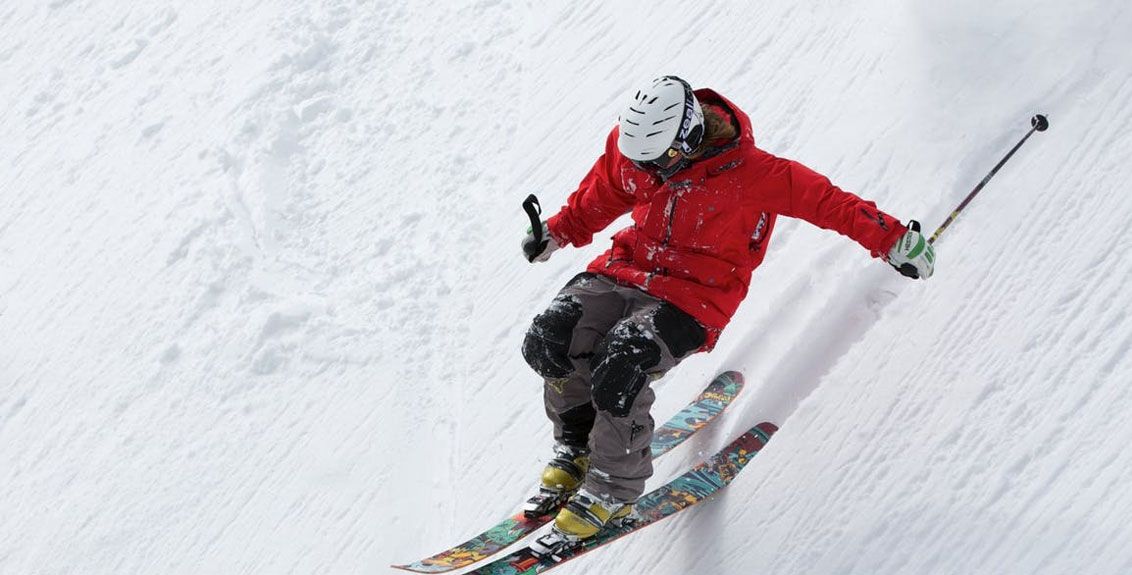Snow joys or sorrows
Dangers lurk in all seasons, and winter has its own “specialties” that should not be overlooked.
The initial associations with winter and snow usually bring to mind romantic images of childhood joy, sledding, skiing, building snowmen, and snowball fights. Those who are a bit older usually think of snow removal, treacherous ice, and plaster casts on their arms. Both are realities, but it is wise to prepare for winter conditions (or unexpected storms) and reduce the risks of unpleasant memories.
Winter risks and precautions:
- Icy surfaces: We all know that icy surfaces can be dangerous for pedestrians as well as in traffic, but we often forget to prepare appropriate footwear and anti-slip accessories, as well as clearing our cars of snow and timely fitting of winter tires.
- Snowstorms: Snowstorms are particularly dangerous in mountainous areas, as they can come quickly and create serious problems for unaccustomed tourists.
- Snow and ice falling from roofs: In cities, the falling of snow and ice from tall buildings is especially risky, requiring extra caution and proper warnings in hazardous areas.
- Avalanches: Although our regions do not have conditions like those in high mountains, we must be mindful of snowdrifts and avalanches, as well as the potential for difficult traffic, which can lead to serious problems, especially if you get trapped or isolated.
- Cold temperatures and frostbite: Despite being told from an early age to dress warmly, today, when we spend less time outdoors, it seems like we have forgotten the rules of layered clothing and preparation for extreme weather conditions. The risks increase, especially in mountainous areas when encountering cold and damp air that “penetrates to the bone” can happen very quickly. Combined with difficult movement due to snow and poor visibility, tragedy can strike even close to home or shelter.
Croatian Red Cross tips for cold weather:
- Follow cold weather warnings and avoid going outside if not necessary.
- Dress in multiple layers of warm clothing, preferably made of materials that retain heat and are resistant to moisture.
- Individuals with chronic illnesses, particularly heart or respiratory conditions, are advised to avoid exposure to cold.
- In case of freezing rain, frost, or snow on the ground, be cautious of slippery sidewalks and roads, as there is an increased risk of falling and bone fractures.
- During low temperatures, avoid heavy physical work in outdoor spaces and any activities that cause rapid breathing.
- Assist family members, friends, and neighbors who spend most of their time alone.
- Do not ignore feelings of cold and shivering, which are signs that indicate the need for warming up and taking a break from the cold.
- If initial symptoms of hypothermia or frostbite appear (tingling, loss of sensation in fingers, pale skin, pain), immediately seek a heated area, remove damp clothing, and gradually warm the person by wrapping them in blankets. Do not expose the person to a direct heat source. It is recommended to provide warm non-alcoholic beverages (tea, soup) and seek professional medical assistance or call Emergency Medical Services at 194 or the universal European emergency number 112.
However, amidst all of the above, in today’s fast-paced way of life, we often forget that there are those who simply don’t always have everything they need to keep warm. The socially vulnerable, older people without families, homeless individuals, and everyone else who cannot protect themselves from the cold. That’s why now is the right time to get involved in actions organized by the Croatian Red Cross and other aid organizations.
For protection against cold – Croatian Red Cross recommendations, see: -> HERE
For the protection of the elderly in cold weather – Recommendations from the Andrija Štampar Public Health Institute, see: -> HERE



